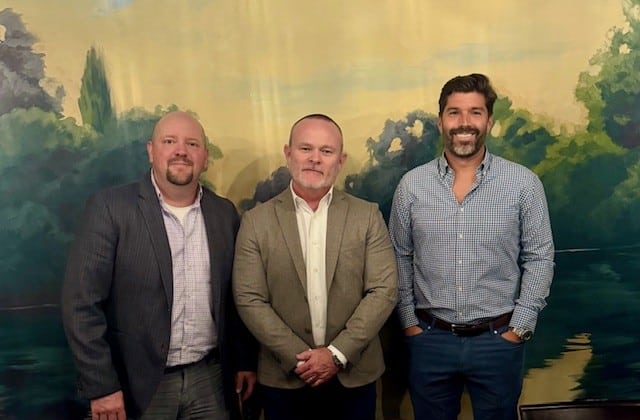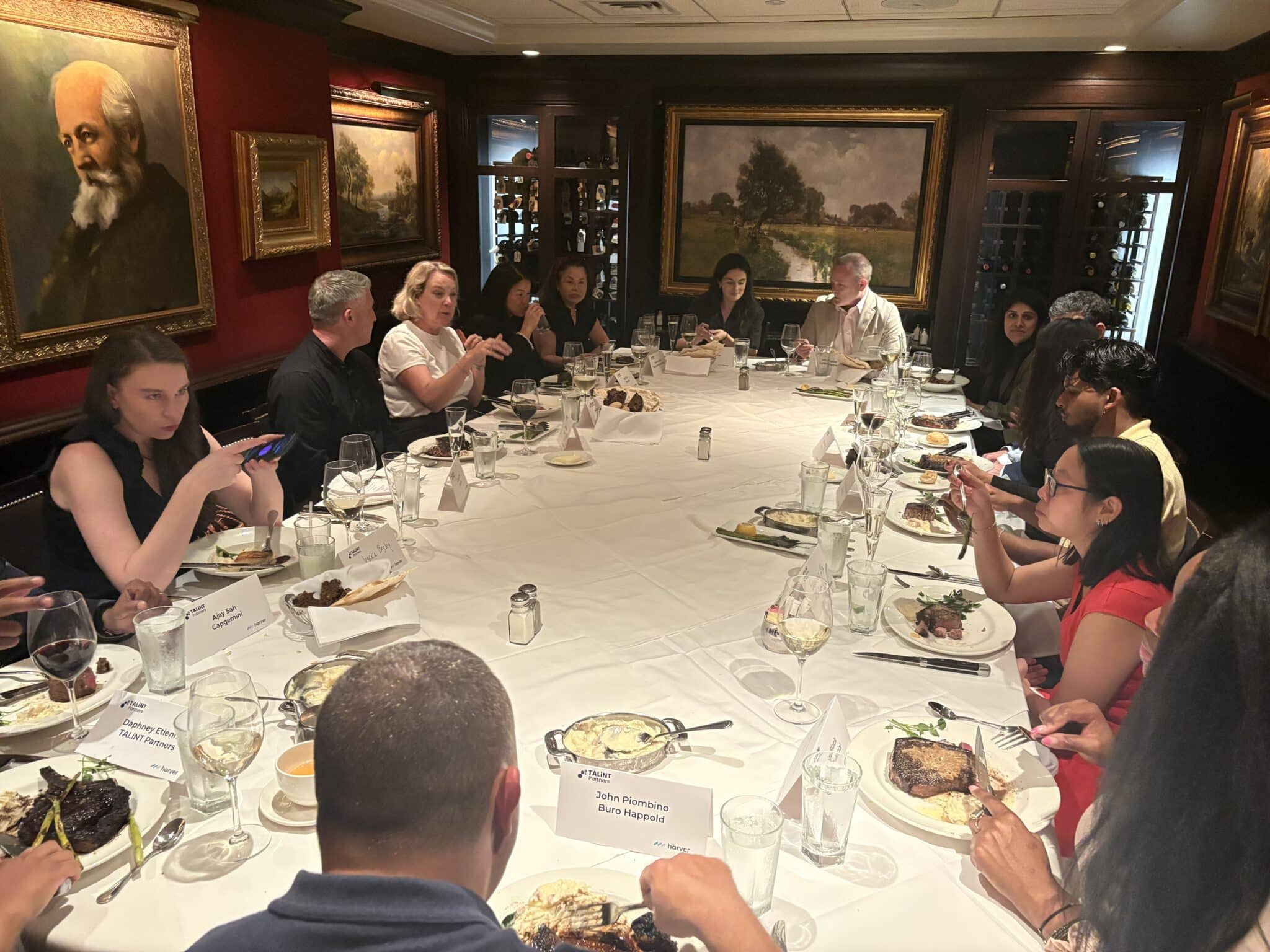On Wednesday 13th August, we welcomed a brilliant group of senior HR, Talent Acquisition and Workforce leaders from a wide range of industries to our Virtual Forum focusing on the future of strategic talent leadership.
With expert insight from David Whittingham-Jones at Hudson RPO and insightful contributions from our lively group of delegates, we explored how talent leaders are evolving the their capabilty to meet today’s complex workforce challenges while preparing for the demands of 2025 and beyond.
Here are some key takeaways:
From delivery to advisory – The conversation emphasised the need for TA leaders to move beyond transactional hiring into a true talent advisory role. This means shaping workforce strategy, influencing skills priorities, and embedding TA as a trusted partner to the business. A central question raised was “Are we a year behind, or a year ahead?” — and how can leaders be better at picking up the ‘talent signals’ that will define future success.
TA & TM are converging – Internal mobility, reskilling, and retention-focused hiring were hot topics, with many organisations looking to blur the traditional boundaries between talent acquisition, contingent solutions, and talent management to better leverage existing skills. This shift requires strengthening the link between EVP and internal mobility, and understanding the difference between short-term trends (like a slow economy) and longer-term shifts (such as the growing use of automation and AI).
Agility in workforce planning – Leaders shared strategies for adapting to shifting demand, widening skills gaps, and market volatility. Agility, flexibility, and readiness to redeploy talent emerged as crucial capabilities. Delegates agreed that workforce planning can no longer be static; it must continuously respond to real-time signals from the business and the market.
AI & automation – a balanced approach – While technology is helping streamline processes and increase efficiency, delegates stressed the importance of maintaining a human-centric, skills-first approach, especially in high-touch or complex hiring. Compliance and governance remain key — with many asking how to move compliance teams from a default “no” to a more constructive, evidence-based approach. Testing new technology should focus on two key questions: Does it do what it says? and Does it improve the experience for both candidates and hiring managers?
Data-led decision-making – Using real-time skills and workforce data is enabling better forecasting, targeted sourcing, and improved talent deployment — moving functions from reactive firefighting to predictive planning. This is central to building more proactive, future-ready talent strategies.
Looking ahead to 2026:
Top priorities shared by delegates included:
- Building agile talent strategies that flex with business needs
- Strengthening the link between EVP and internal mobility
- Embedding talent advisory skills within TA teams
- Defining responsible AI practices in recruitment
- Aligning TA and TM under a unified talent strategy
A huge thank you to our partners at Hudson RPO for sponsoring this event and to all who attended for making the discussion so rich with practical insight and candid perspectives. It’s clear that the shift from reactive to predictive talent leadership is already underway — and collaboration will be key to accelerating the journey.
We’ll continue to explore these themes in our upcoming forums and workshops as we support our community in building smarter, more resilient workforce strategies.




